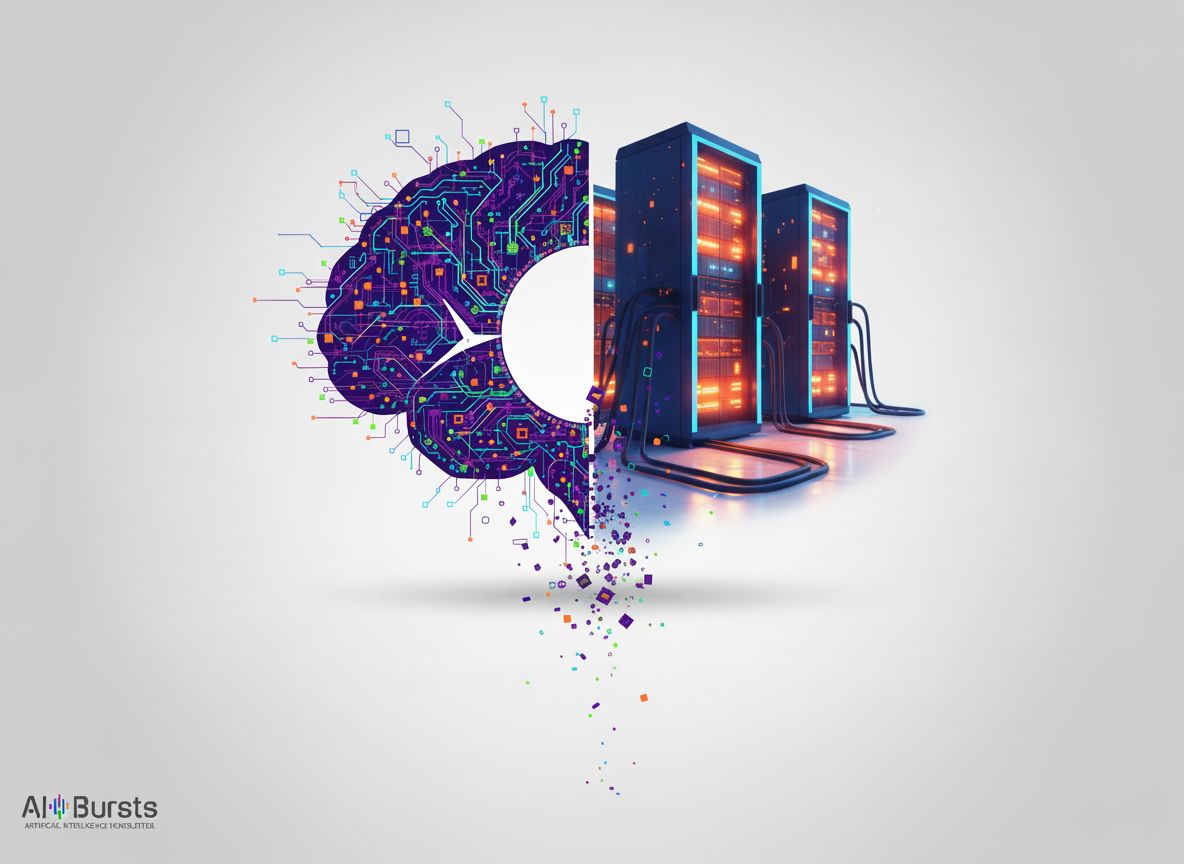
AI Insights in 4 Minutes from Global AI Thought Leader Mark Lynd
Welcome to another edition of the AI Bursts Newsletter. Let’s dive into the world of AI with an essential Burst of insight.

The Burst
A single, powerful AI idea, analyzed rapidly.
💡The Idea
Elon Musk recently highlighted a critical physics problem: The human brain runs on roughly 20 watts (with only ~10W used for high-level thinking). On that tiny power budget, humans invented quantum mechanics, literature, and the internet. Conversely, AI supercomputers require hundreds of megawatts, and soon gigawatts to approximate even a fraction of that capability.
❓Why It Matters
This disparity exposes that current AI scaling is currently a "brute force" phase. We are throwing raw energy at sand to mimic biology, which is horribly inefficient. As data centers strain global power grids, the ceiling for AI isn't just intelligence, it's electricity. The linear scaling of "more GPUs = better AI" is hitting a physical and economic wall.
🚀 The Takeaway
Efficiency is the next alpha. The future of AI isn't just larger clusters; it is radical architectural efficiency. Watch for a massive pivot toward neuromorphic chips (hardware that mimics brain structure) and "sparse" computing. The biggest opportunities in the next 5 years lie in bridging the gap from gigawatts back down to watts.

⚡ AI SIGNAL
Your rapid scan of the AI landscape.
Industry Trends
Energy: Tech giants are going nuclear. Both Microsoft and Google are actively securing Small Modular Reactor (SMR) partnerships to guarantee the gigawatt-scale power needed for 2026-2027 clusters.
Edge AI: Small Language Models (SLMs) are surging. New sub-3B parameter models (like Microsoft's latest Phi iterations) are achieving reasoning capabilities on local devices, bypassing energy-hungry cloud inference.
Hardware: Neuromorphic Computing is moving from research to reality. Startups focusing on "Spiking Neural Networks" (which fire only when needed, like neurons) are reporting up to 75x energy savings over traditional GPUs for specific workloads.

🧠 BYTE-SIZED FACT
To simulate just one second of human brain activity, the K Computer (one of the world's fastest supercomputers in 2013) took 40 minutes to crunch the data and burned 9.9 million watts of electricity. Biology does it in real-time on the energy of a dim lightbulb.
Till next time,

For deep-dive analysis on cybersecurity and AI, check out my popular newsletter, The Cybervizer Newsletter
If you have time, please take a listen to my guest appearance on the Axis Connect podcast. We talk about: Is Al out to get us? What happens to our society when quantum, AI and cyber intersect? What can we do to keep ourselves safe in an increasingly digital world?
On Spotify: https://lnkd.in/giha-hvD
On Apple: https://lnkd.in/ggWWNWsZ


